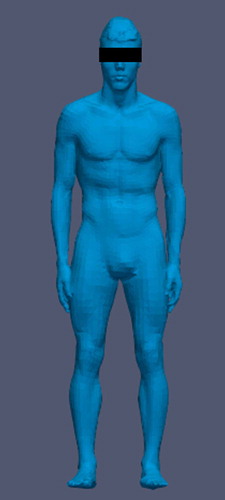Figures & data
Figure 1. Flow chart of the Thermo Tokyo study design Personalized. DXA, dual-energy X-ray absorptiometry; ISAK, International Society for the Advancement of Kinanthropometry; MRI, magnetic resonance imaging; RH, relative humidity

Figure 2. Overview of the Thermo Tokyo personalized exercise test protocol. After 5 min seated rest (Baseline), athletes will start to exercise at 100 W (ergometer) or 30–70 W (hand ergometer). After 3 min, the initial workload will be gradually adjusted to reach 70% of the athlete’s maximal heart rate. After 20 min, workload will gradually be increased every 3 min with 5% until volitional exhaustion. After exercise cessation, participants will have a 3 min cool-down at a self-selected wattage followed by 10 min seated rest. Gastrointestinal temperature (Tgi), skin temperature (Tsk), heart rate (HR), and exercise performance will be examined continuously throughout the protocol. Participant’s body mass will be measured at baseline and directly after finishing the experimental protocol to determine whole body sweat rate (WBSR). Perceptual outcomes will be scored at baseline, every 5 min during the warm-up phase and every 3 min during the incremental phase. The personalized exercise protocol (i.e. changes in workload over time) obtained during the control condition (Tambient 15°C, RH 50%) will subsequently be applied to the second exercise test in simulated Tokyo conditions (Tambient 32°C, RH 75%)

Table 1. Personalized input parameters for the Fiala-thermal-Physiology-and-Comfort (FPC) simulation model
Table 2. Different environmental conditions for the Fiala-thermal-Physiology-and-Comfort (FPC) simulation model
Table 3. Data catalog table of the Thermo Tokyo study. Data is available for reuse upon reasonable request via the corresponding author

